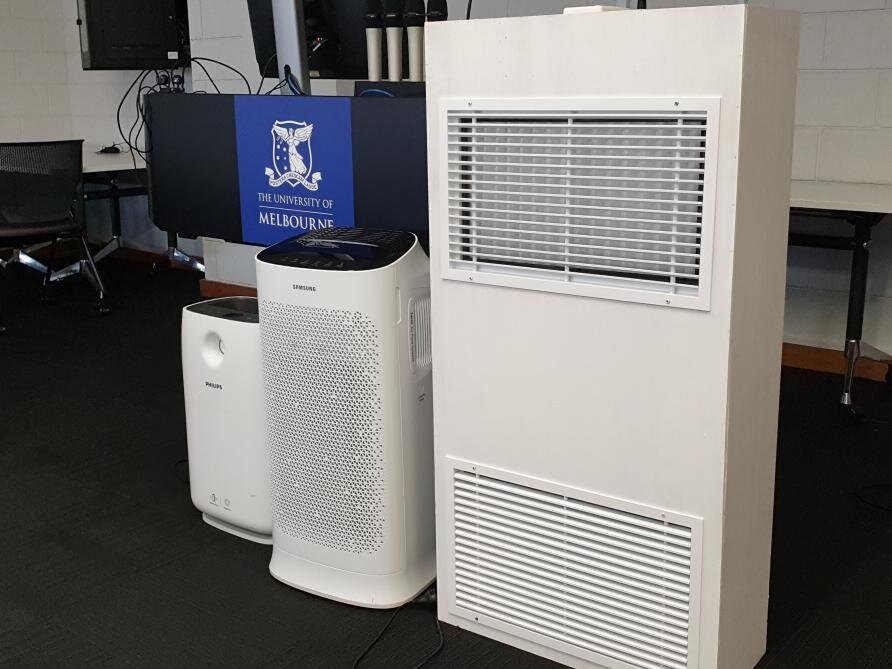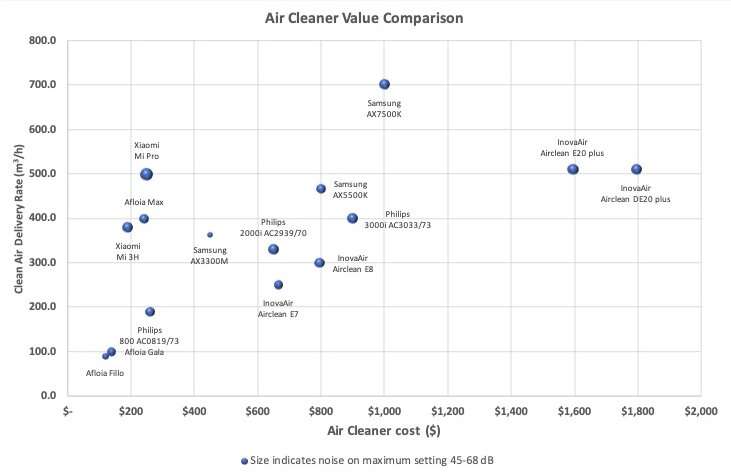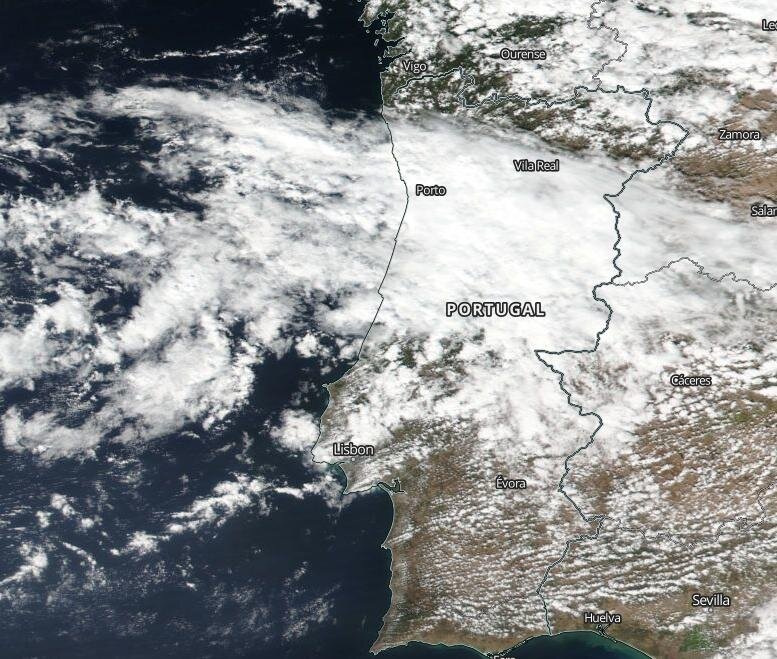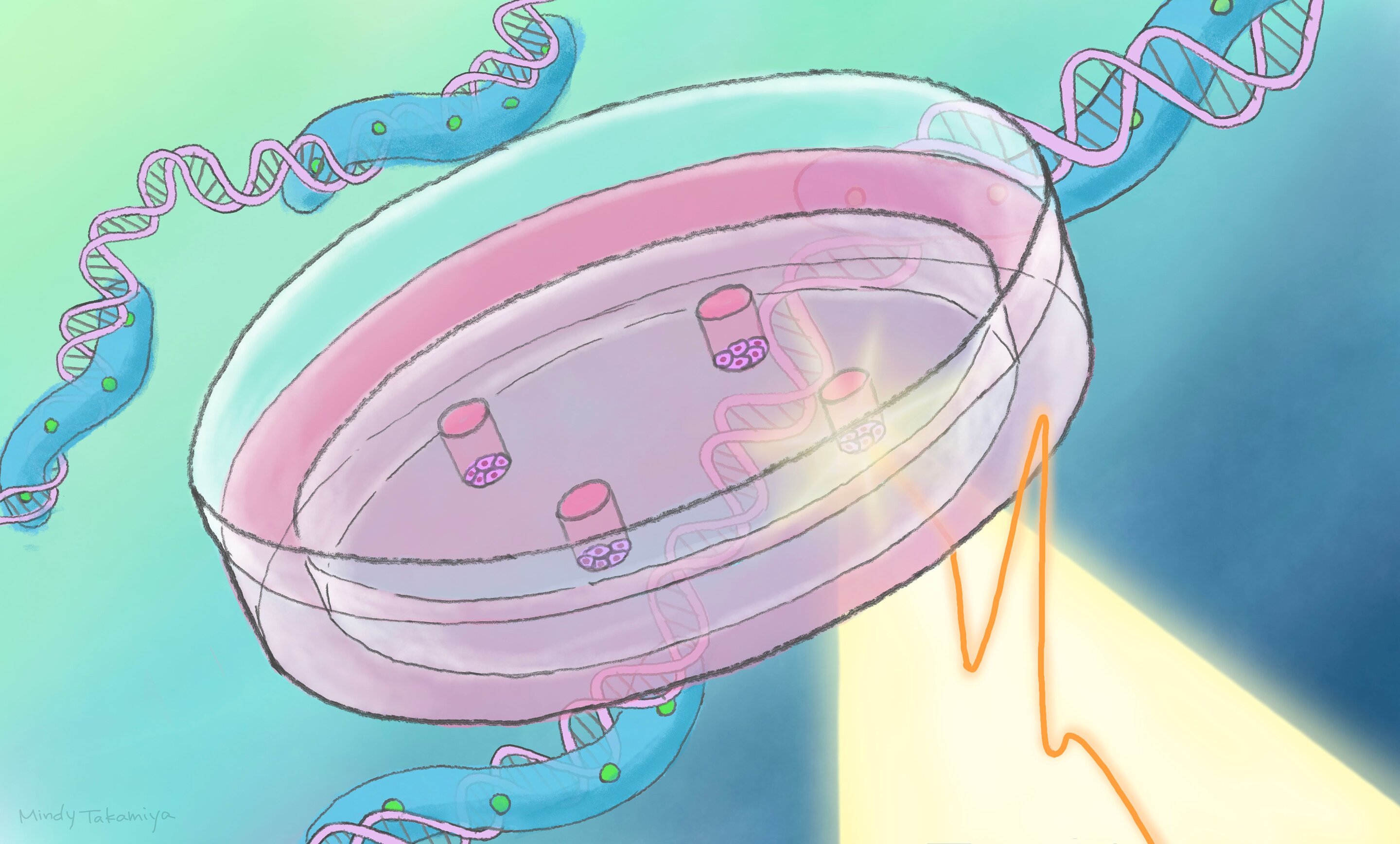#Which air cleaners work best to remove aerosols that contain viruses?

“#Which air cleaners work best to remove aerosols that contain viruses?”

Air cleaners (sometimes also called air purifiers or scrubbers) have been used for decades to filter out particles in the air from our homes, offices and laboratories.
They filter particulate matter including smoke, pollen and respiratory aerosols from the air. During the Black Summer fires, lots of people used them to protect themselves and their families from the smoke in their homes.
The COVID-19 pandemic and the more contagious variants like the Delta strain are increasing the impetus for removing virus particles from the air in our everyday spaces—so we can reduce airborne risk and more safely return to shared air spaces like offices and classrooms.
Consisting of a fan and a layered filter, air cleaners work by pulling in air from within a room and filtering out the aerosols and returning clean air to the room.
They mostly don’t remove gases, although the activated carbon filter does remove odors (known as volatile organic compounds or VOCs) from the air.
These systems provide an extra layer of protection (in addition to ventilation, masks, physical distancing and vaccination) in indoor settings where occupancy is high and there is an increased risk of airborne transmission.
The high-efficiency particulate air (HEPA) filter removes 99.9 percent of aerosolised virus particles in the air. Aerosolised respiratory particles range in size from about 300 nanometres (nanometres are a millionth of a millimeter) up to more than 100 micrometers (also called microns; a thousandth of a millimeter).
Particles of less than five microns can remain suspended in the air for several hours.
Because COVID-19-infected people exhale carbon dioxide (CO₂) along with aerosols containing the SARS-CoV-2 virus, CO₂ can be used as a proxy of SARS-CoV-2 concentrations indoors. So, high CO₂ indicates that ventilation is insufficient.
However, while air cleaners provide filtration they do not provide fresh air, so they need to be combined with improved ventilation as a source of outside air helps to dilute aerosols, like virus particles.
A CO₂ monitor showing levels greater than 800 parts per million (ppm) indicates that the air indoors is not being refreshed fast enough with outside air.

Ventilation can be provided by opening windows and/or using heating, ventilation, and air conditioning (HVAC). To bring in more outdoor air, ventilation can be improved by doors, creating cross ventilation and upgrading or servicing filters of HVAC systems.
To reduce our exposure to aerosolised COVID-19, the current advice is that during a pandemic we are aiming for four to six (or even greater than six) Air Changes per Hour (ACH) – this is a measure of the air volume added to or removed from a space in one hour, divided by the volume of the space.
But this is hard to achieve with our current buildings, our existing ventilation systems, while also maintaining our heat and energy efficiencies and how we currently use our indoor spaces.
Air cleaners are an extra tool in our arsenal to further reduce the risk of virus particles and to get the effective air changes to where we need them to be.
If you decide an air cleaner will help reduce risk in your space, here is what to consider when purchasing an air cleaner:
- A HEPA (only) air cleaner
- The Clean Air Delivery Rate needs to be sufficient for the room volume
- Maximum tolerable noise. Fans are noisy, and it can sometimes make sense to have two air quiet (40dB) cleaners rather than one large cleaner (50dB)
- Cost
- Australian made/delivery times
And you should avoid:
- Ionizer/plasma/ozone/photocatalytic oxidation/precipitators and UV purification or disinfecting add-ons. These are unproven/untested technologies, and in some cases actually dangerous technologies, significantly degrading the air quality by producing ions, ozone and oxidation products. Ozone and ions can also trigger asthma, so these technologies should be avoided
- Directional fans without filtration blow air from person to person and could lead to unintended transmission
There are a number of devices available on the Australian consumer market. We collected the products that are safe—that is they only use HEPA and activated carbon filtration and don’t operate as directional fans without filtration (Figure 1).
Many popular brands didn’t pass these criteria, but you will find that many did, including the locally manufactured InovaAir device.
More details can be found on our research fact page.
Air cleaners improve filtration and should be used alongside other layers of prevention like ventilation, masks, distancing and vaccination. If you are investing in one, and we know they do work, please make sure it’s safe.
Citation:
Which air cleaners work best to remove aerosols that contain viruses? (2021, August 16)
retrieved 16 August 2021
from https://techxplore.com/news/2021-08-air-cleaners-aerosols-viruses.html
This document is subject to copyright. Apart from any fair dealing for the purpose of private study or research, no
part may be reproduced without the written permission. The content is provided for information purposes only.
If you liked the article, do not forget to share it with your friends. Follow us on Google News too, click on the star and choose us from your favorites.
For forums sites go to Forum.BuradaBiliyorum.Com
If you want to read more Like this articles, you can visit our Science category.



